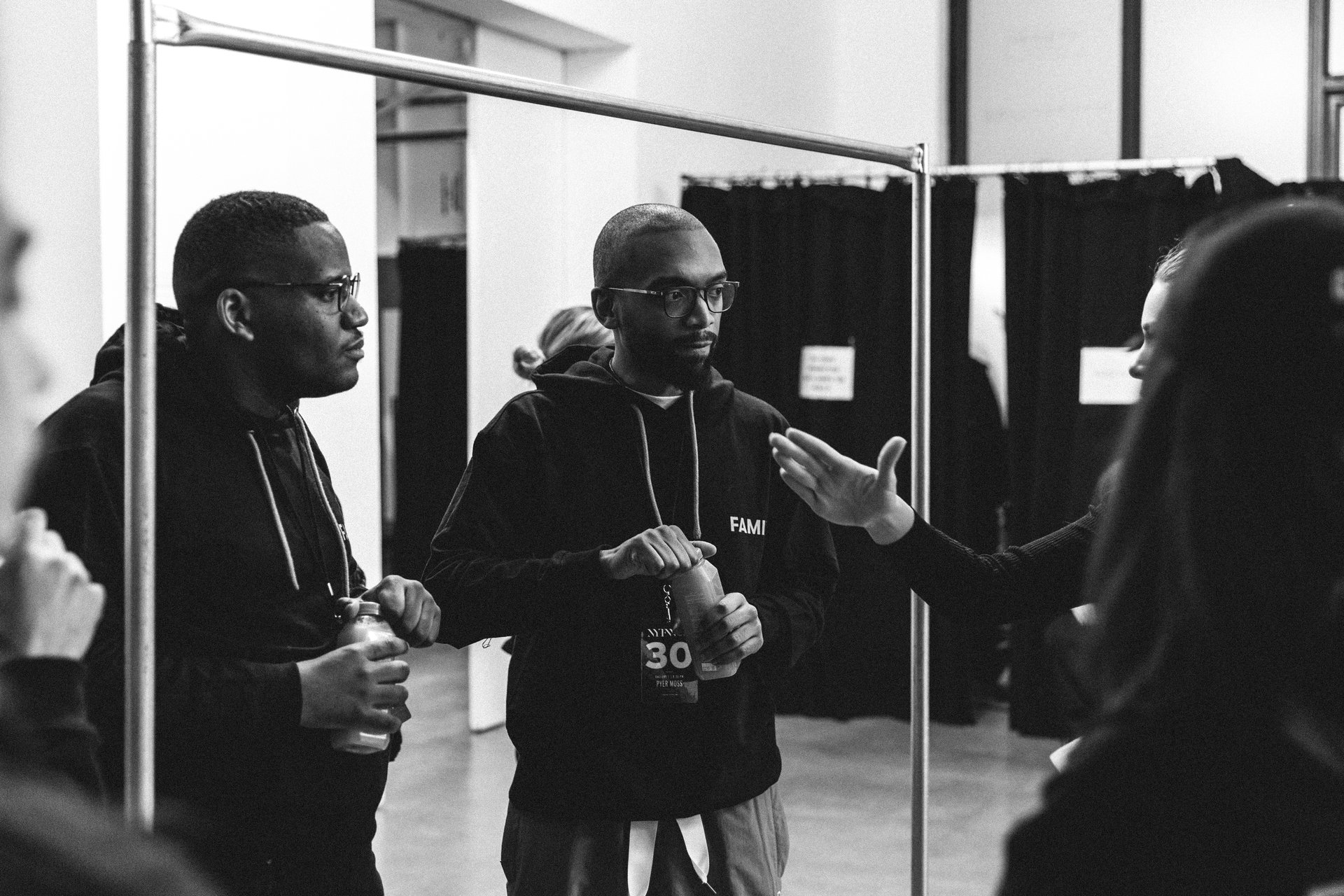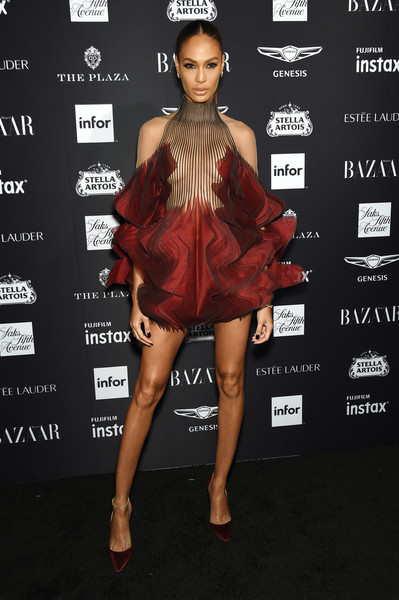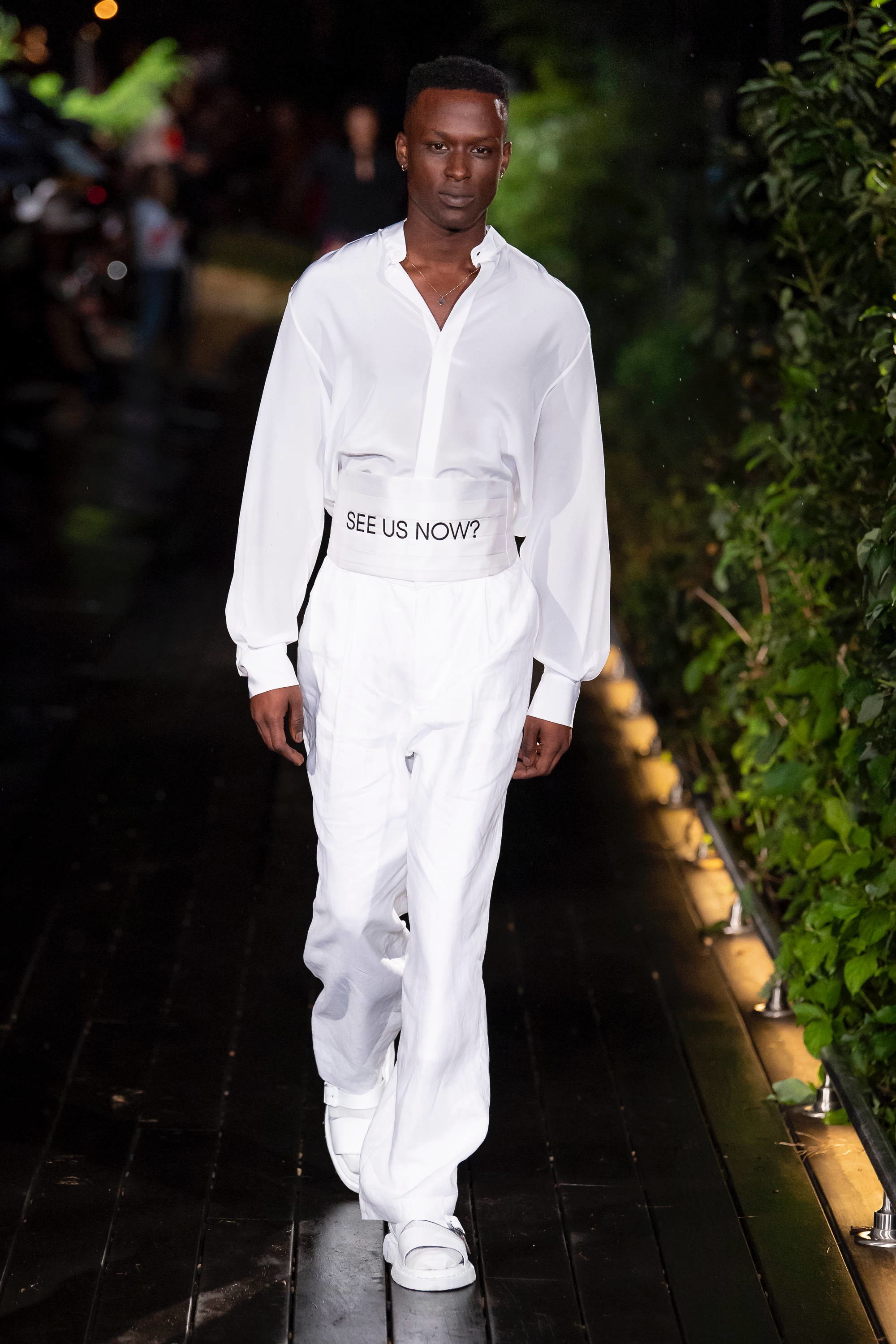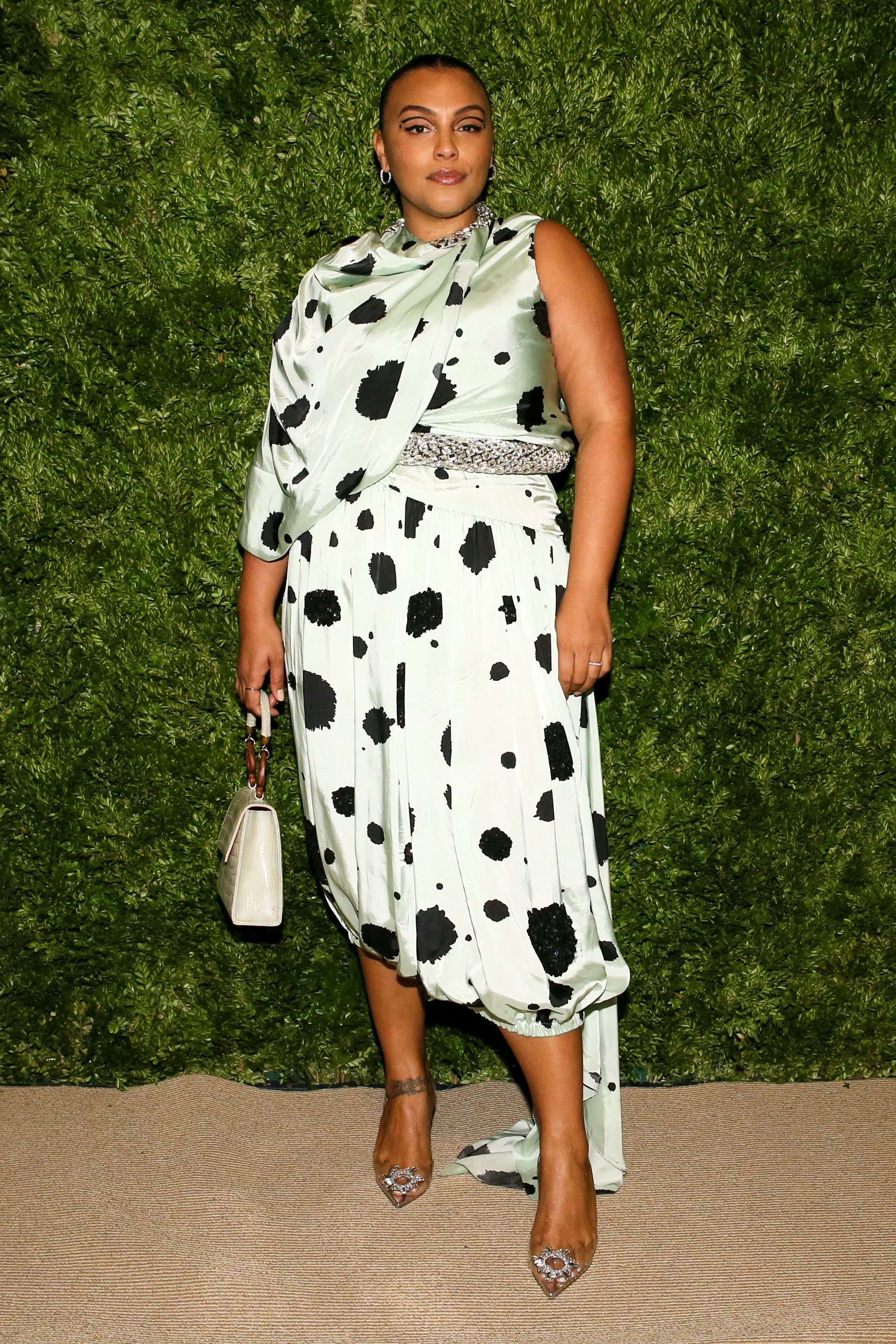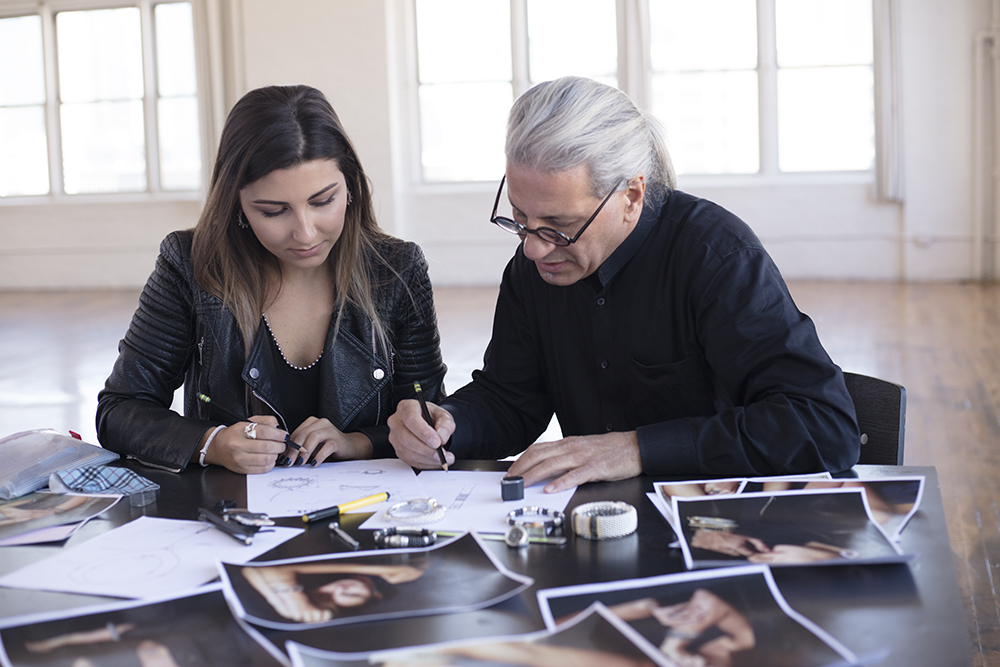Why do you think people respond to the brand and your work?
Consumers want authenticity and transparency. Our culture is changing so much that we are yearning for things that are real. Fashion is really built on glamour and fantasy. We’re just trying to make the world a little bit more beautiful, and in doing that, you should be authentic in who you are as a brand, stylist, or whatever. I don’t like things that feel stiff or don’t move the needle. My people and my community, they embrace us because we do this well and they feel liberated.
How does styling for runway differ from editorial and celebrity?
Styling a show is a different part of your brain. I compare it to costume design. It’s more than just putting a green top with a green pant. It’s more about, “what’s the story here? What’s the feeling? What’s the theme?” And then you build around that. Pyer Moss is such a different type of show because you have to do research and care for your own people’s stories. Kerby has everything laid out, and it’s like an art project or a think tank. Everyone puts their ideas in, and then we start.
What makes you want to take on a new project or client?
Now, your work has to be about the people in front of you, behind you, and to the side of you. Honestly – if it doesn’t have an ounce of brownness to it. If it doesn’t have anything about it that speaks to me and my people. That’s how I see projects now. I want to be proud of my work. It has to speak to me and my people really. It has to have some sort of black appeal. I need to be excited about the whole process, or that training where it has to test me. I’m hesitant about a lot of things. I don’t take things on easily. I would rather pass up on a money job that would suck up all of my energy.
What the most rewarding parts about working with your clients?
As a stylist, it’s about the community we create – the way that people choose us and we choose them. It’s a family thing. When I did the fitting for the CVFF Awards Gala, I was with Paloma for three hours. I’m excited about clothes, but she’s really excited about clothes. She loves fashion.
What’s next for you?
I really want to focus more on costume design and things that move. I love costume design, and I have lot of great art and film projects that I’m excited about.
Film is forever. Red carpets are cool, but if you’re not really doing it right, it’s fleeting. The way our brains are wired now, people want things that they can hold onto.


